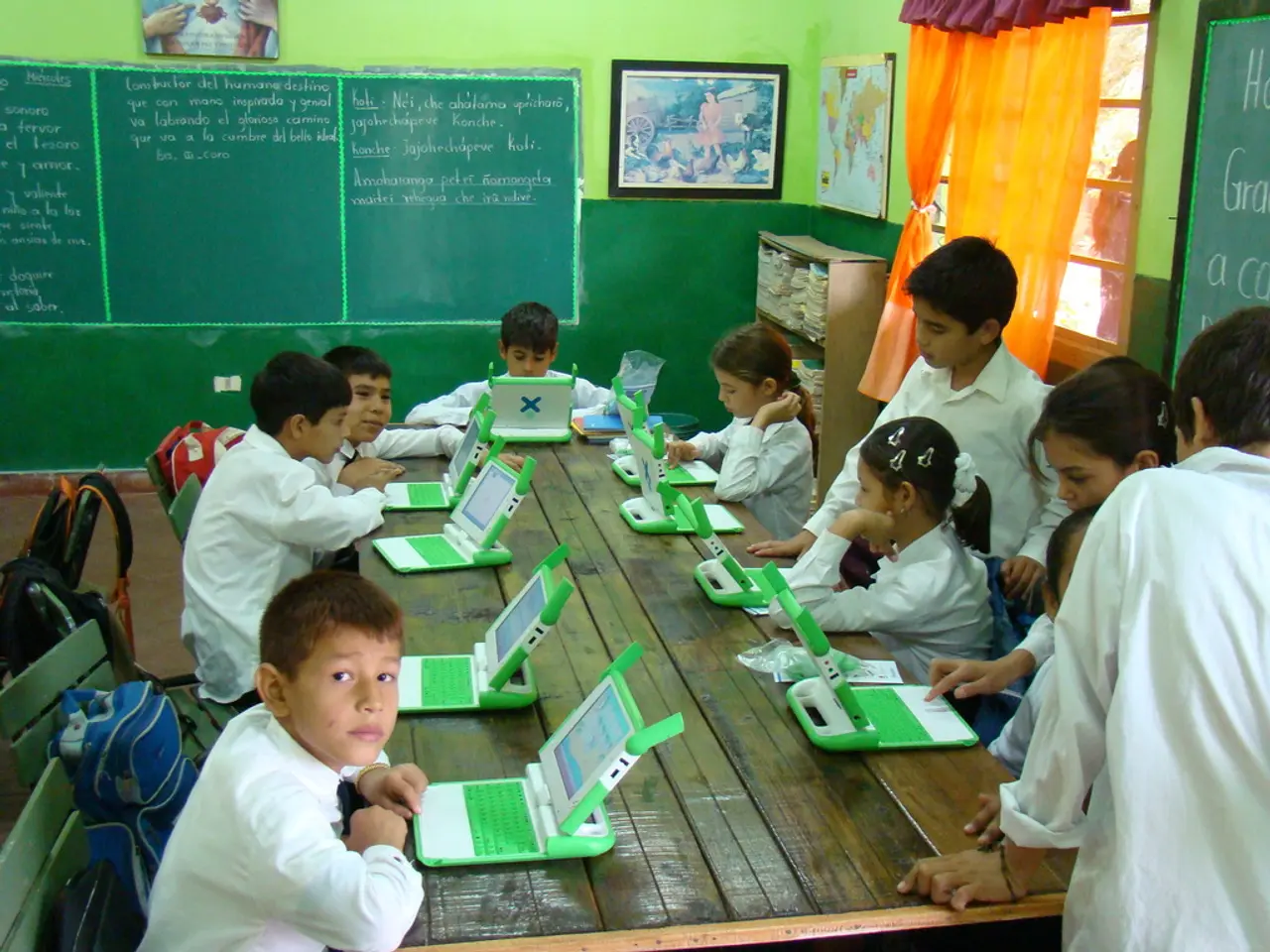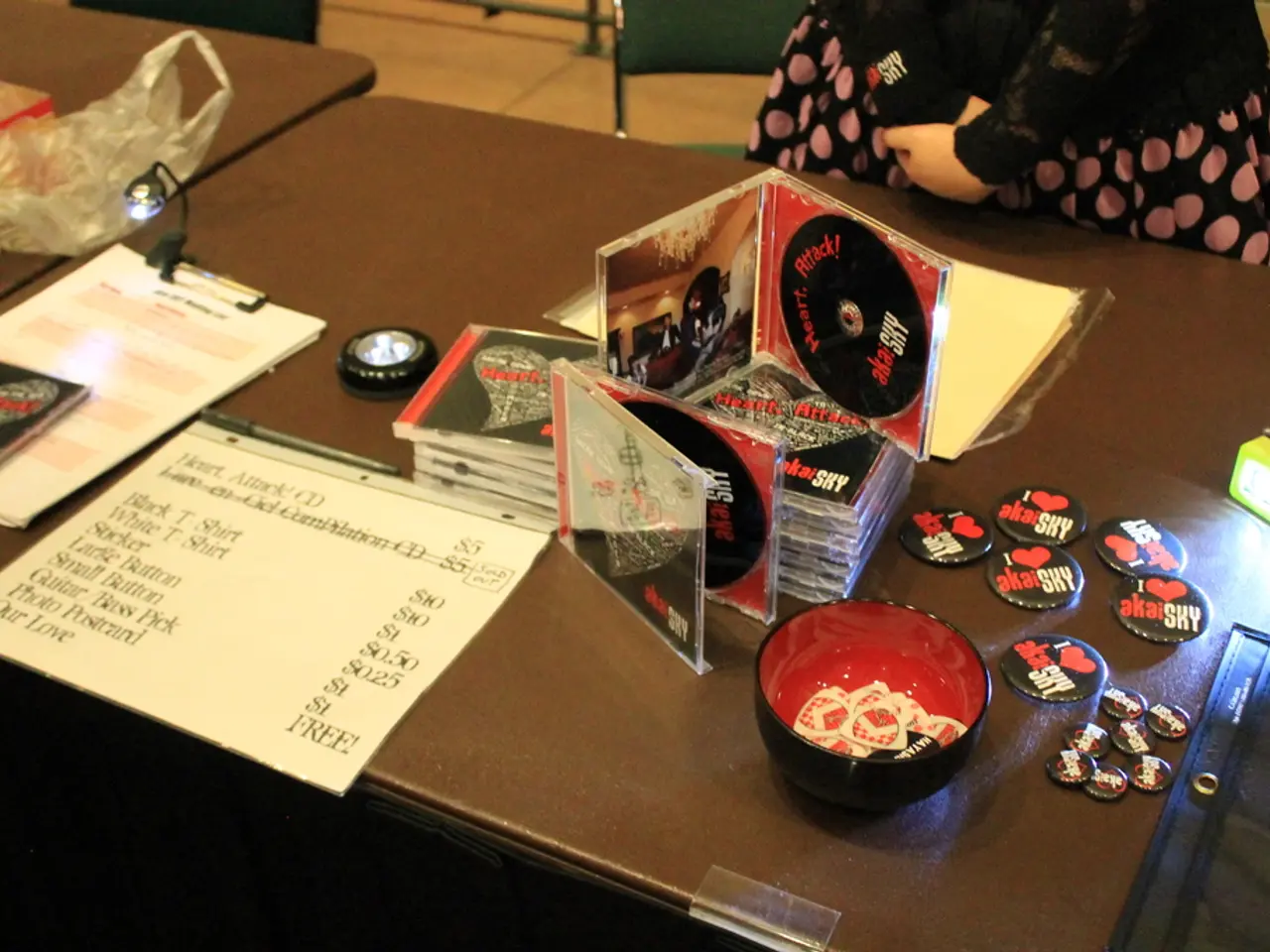Absolutely, a Computer Science and Engineering (CSE) student can undertake projects in the fields of Internet of Things (IoT) and Robotics. These areas offer exciting opportunities for innovative problem-solving and hands-on learning.
In the ever-evolving world of technology, Computer Science Engineering (CSE) students are finding exciting opportunities in the interdisciplinary fields of Internet of Things (IoT) and robotics. With a strong foundation in programming, embedded systems, and data processing, CSE students are well-equipped to take on these challenging and innovative projects.
To excel in IoT and robotics, CSE students need a diverse skill set. Essential skills include proficiency in programming languages such as Python, C, C++, and familiarity with embedded systems programming using platforms like Arduino, Raspberry Pi, and NodeMCU. Additionally, understanding microcontrollers, sensors, actuators, and communication protocols like Wi-Fi and Bluetooth is crucial. Basic electronics knowledge is also necessary for interfacing hardware components physically.
For advanced robotic projects, knowledge of robotics frameworks like ROS (Robot Operating System) and computer vision techniques can be beneficial. Skills in machine learning and data processing can further enhance intelligent automation and predictive analytics in IoT and robotics.
Popular project ideas for CSE students that merge IoT and robotics include remote-controlled robots using smartphone apps with features like wireless control, obstacle avoidance using ultrasonic sensors, and line-following capabilities. Autonomous delivery or surveillance robots employing sensor integration and path planning are also popular choices.
Smart home automation systems, where appliances (lights, fans, locks) are controlled remotely or through voice commands, showcase IoT cloud services and embedded programming. Industrial IoT projects, such as predictive maintenance by monitoring machinery via vibration and temperature sensors, and smart agriculture IoT systems that monitor soil moisture, temperature, and automate irrigation, are other intriguing project options.
Autonomous drones with obstacle detection and navigation via computer vision and sensor fusion, and smart helmets detecting accidents and sending GPS alerts, integrating IoT with embedded safety technologies, are some advanced project ideas that challenge both robotic control and AI skills.
CSE students can also work on building cloud platforms, analytics tools, or real-time data monitoring systems in IoT. A popular IoT and health-related project for CSE students is creating a Health Monitoring System. Another interesting project is the Voice-Controlled Robot, which utilizes speech recognition APIs with Arduino to control robots using voice commands.
In the realm of IoT, students can also explore hardware options like ESP8266 and NodeMCU for their projects. A popular IoT project for CSE students is creating a Smart Home Automation System using Raspberry Pi or Arduino.
Both IoT and robotics are multidisciplinary fields that involve hardware, electronics, and software. By starting with simpler embedded projects and gradually moving to complex autonomous or AI-integrated systems, CSE students can build a strong foundation and gain hands-on experience in these exciting and rapidly growing fields.
- To build sophisticated IoT and robotics projects, CSE students should also explore machine learning and cloud computing as these technologies can enhance intelligent automation and predictive analytics.
- In addition to traditional embedded systems programming, understanding advanced robotics frameworks like ROS and computer vision techniques can help CSE students to create more advanced and intelligent robotic systems.




